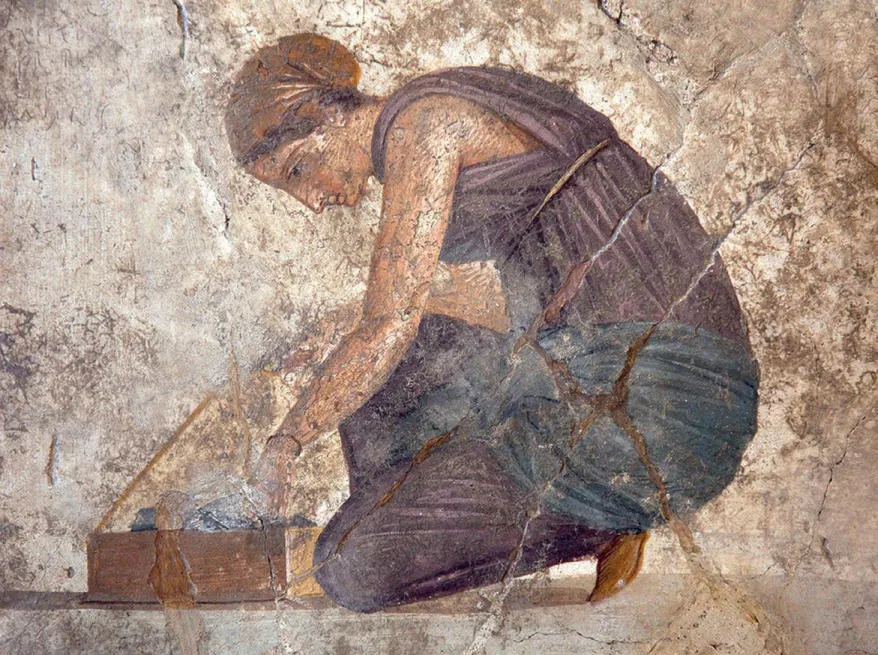
A History of Roman Art
Steven L. Tuck
- English
- ePUB (disponibile sull'app)
- Disponibile su iOS e Android
A History of Roman Art
Steven L. Tuck
Informazioni sul libro
A HISTORY OF ROMAN ART
The new edition of the leading textbook on Roman art, updated with new images and expanded geographic and cultural scope
A History of Roman Art is an expansive survey of the painting, mosaic, sculpture, decorative arts, and architecture of ancient Rome. This acclaimed textbook provides a fully-illustrated narrative history of Roman art that spans a millennium, from the early origins of Rome to the era of Emperor Constantine. Interwoven throughout the text are themes of Rome's cultural inclusiveness and the importance of art in promoting Roman values, helping students understand how diverse cultures contributed to Roman life. Accessible, chronologically-organized chapters provide numerous examples of the arts, their cultural and historical context, descriptions of artistic techniques, and writings by ancient authors—enabling students to develop a rich appreciation of art's importance in the Roman world.
Now in its second edition, this market-leading textbook features thoroughly revised content throughout. Additional images and excerpts from literary sources are complemented by new historical discussions of metalwork, carved gems, glass, and sarcophagi. This edition features more maps and illustrations, in-depth analysis of iconography, greater emphasis on the types of objects used to decorate the lives of ordinary Romans, expanded coverage of freedmen and women as artists, subjects, and patrons, and much more. A number of works that represent popular art have been added. That is, art in the everyday Roman world, rather than just the large scale works of sculpture and architecture of elite patrons. It also reveals patterns of artistic workshops, trade, and social and economic networks. Additionally, this edition takes into account new approaches in scholarship. This comprehensive textbook:
- Provides a thorough introduction to Roman art history featuring more than 400 high quality images and illustrations
- Includes a full set of pedagogical tools, such as historical timelines, key term definitions, and updated references and further reading suggestions
- Offers "Scholarly Perspective, " "A View from the Provinces, " "More on Myth, " and "Art and Literature" textboxes in each chapter
- Includes a companion website containing PowerPoint slides and additional instructor resources
A History of Roman Art, Second Edition is an ideal primary or secondary text for courses on Roman art and archaeology, Roman art and architecture, Greek and Roman art, and general Roman civilization, history, and culture.
Domande frequenti
Informazioni
1
INTRODUCTION TOROMAN ART HISTORY

CULTURAL PROPERTY CONTROVERSIES
